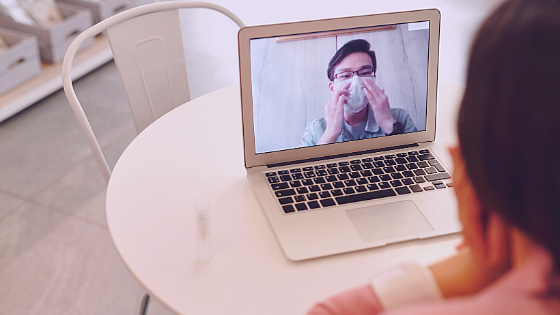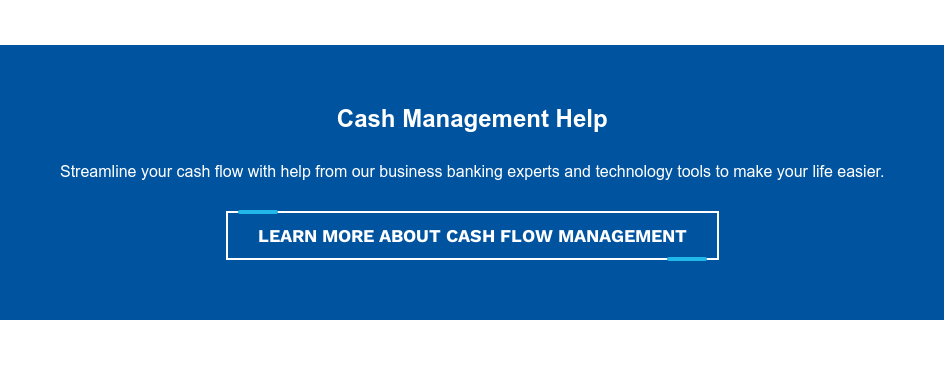Telehealth and telemedicine have existed in some form since the introduction of the telegraph and invention of the telephone.
It began as a way for patients in remote locations, war zones and rural communities to access health professionals. Meeting face-to-face wasn’t possible, so patients and providers found ways to communicate health matters.
In today’s world of healthcare, telehealth has transformed into an appealing option for patients who can’t take time out of their day due to work, childcare or elder care, or don’t want to risk exposure to other illnesses. Both patients and providers benefit from advanced technology such as secure video conferencing, as well as online patient and payment portals. The objective remains to safely provide health services outside the traditional clinic setting.
The recent surge in the use of telehealth and telemedicine can be attributed to COVID-19 and social distancing restrictions. But can this be a long-term solution to an age-old issue?
Telehealth vs. Telemedicine
According to The World Health Organization, telehealth includes “surveillance, health promotion, and public health function.” It covers a broad spectrum of non-clinical services working together to improve accessibility and efficiency within the healthcare system.
The term telemedicine refers more specifically to the clinical aspects of patient care. Both are being utilized now more than ever.
Awareness and acceptance of telehealth and telemedicine - from healthcare facilities and the general public – were accelerated by the COVID-19 pandemic. Providers and patients are using smart phones, tablets and personal computers to communicate instead of forgoing appointments entirely.
Since the public health emergency, the use of telehealth services has exploded across the country.
Three Reasons Why Telehealth Makes Sense
In times of crisis, patients reach out to primary providers for reassurance and support. With COVID-19 restricting personal contact, it only made sense to utilize other methods of communication. While telehealth and telemedicine are well suited for this pandemic, using them for patient care is a long-term solution for many practices.
1. Greater Accessibility
Even after the current situation subsides, patients will be seeking alternatives to office visits when applicable. Telehealth offers a way to reach patients with limited mobility or in an assisted living facility who otherwise may not be seen at all. It also offers accessibility to those who require more extensive follow up or monitoring for chronic disease management. Emails, phone calls and video conferencing are all ways to keep in touch with patients.
During the shelter-in-place restrictions, Dr. Angela Dussan of Dussan Eye Care in Long Island City, New York, has been keeping in touch with her patients by phone and email.
“I’ve been calling my patients to see how they’re doing. I have also been available by email to all of my patients if they need anything,” Dr. Dussan said. “Any emergency issues, or routine eye care matters, I can handle for them (over video).”
Dr. Dussan also thinks that telemedicine has a future in optometry.
“I think telemedicine can be a long-term solution in office clinical care. I just think every medical practice will be more cautious now,” she said. “There will be more cleaning and disinfecting of equipment and surfaces for sure. And, I know I will be wearing masks from now on when I see patients.”
On the chiropractic side, Dr. Jeffrey Varner of Crossroads Chiropractic has had a few telehealth appointments but doesn’t think it’s a long-term viable option for what he does moving forward.
“We’re all wearing masks and doing our best to take care of our patients when they come in,” Varner said. “We are hands-on with people as chiropractors. We can videoconference with basic things, but it’s tough.
“I think we can do consultations, but I don’t want someone else doing an exam on themselves or someone else. They don’t know what they’re doing. I want the patient in the building. There is a lot more I can diagnose when I can take the hands-on approach.”
This long-term solution got a short-term boost from provisions in The Coronavirus Aid, Relief and Economic Security (CARES) Act. Funding has been made available to support the telehealth industry and its use in patient care. With additional funding, telehealth and telemedicine can be made accessible to a larger number of providers and patients.
2. Expansion of Services
Telehealth and telemedicine applications include real-time communication, “store-and-forward,” remote patient monitoring and mHealth. Real-time communication allows patients to connect with providers via video conference on a tablet or a conversation on the telephone.
“Store-and-forward” is the transmission of health data, images or video from one provider to another for evaluation. Remote patient monitoring involves collecting a patient's vital signs or other health data while the patient is at home or another site. Mobile health (or M-Health) is used for general information, text alerts or notifications about outbreaks. Search telehealth companies to find one that will provide the options that suit the needs of your practice.
For example, an online portal provides patients a platform to submit questions, review test results and health records or pay bills. Providers can monitor diabetic equipment and heart monitors from the office. Even with specialties and areas of healthcare that require hands-on treatment, consultations can be performed by videoconferencing. Finding ways to provide current patients with new services such as virtual appointments or consultations can improve patient relationships – and a practice’s bottom line.
3. Increased Revenue
The Centers for Medicare and Medicaid Services recently waived restrictions on telehealth services so that “beneficiaries can receive a wider range of services from their doctors without having to travel to a healthcare facility.”
While private payer coverage varies with each state, many insurers are now covering telehealth and telemedicine services. As part of the CARES Act, the COVID-19 Telehealth Program assures eligibility to healthcare providers and will provide support to purchase equipment and services in response to COVID-19. It is unknown if these waivers and financial support will extend beyond the current crisis.
The notable fact is that telehealth is being recognized as a viable patient service. Making the most of the current situation to attract new customers and provide current customer with additional telehealth and telemedicine services can provide your practice with increased revenue and stability.
Telehealth reports show fewer missed appointments or cancellations, and greater efficiency within the office. It’s important to check reimbursement policies of insurance providers and keep up to date on the government programs available.
Lasting Effect
What began as a way for rural communities and remote patients to access health professionals has become so much more than anyone could have predicted because of the COVID-19 pandemic.
Have a plan in place for patients who prefer telehealth services when possible. A shift in the industry has occurred for both providers and patients.
The recognition and acceptance of telehealth and telemedicine benefits is certainly impacting today’s world but will likely affect healthcare going forward.
To speak with someone about how Stearns Bank can help your business, be sure to click below.

